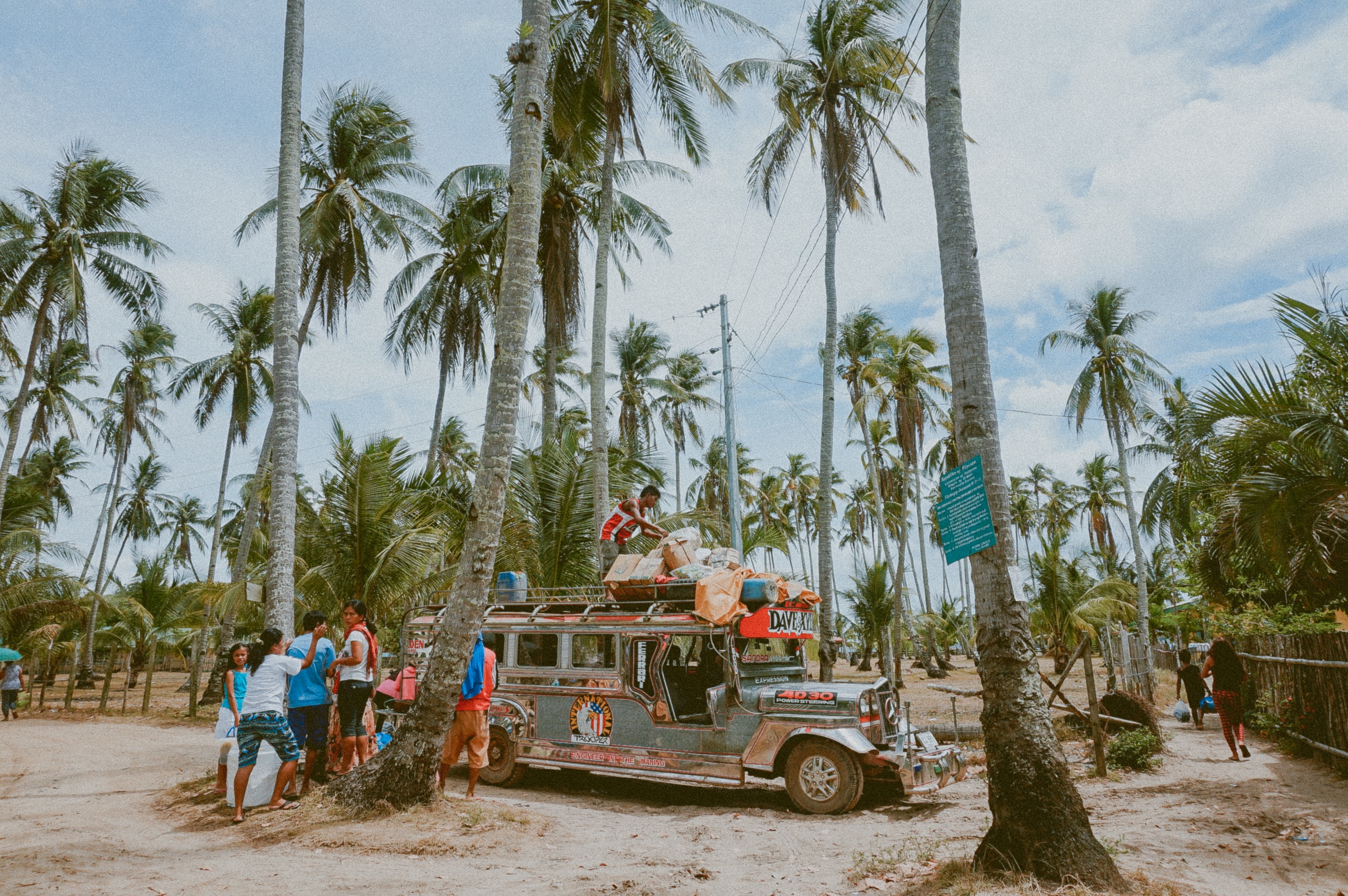Characterization of Mangrove Areas and Profile of Human Activities in Selected Barangays of SANPASADA
WRITTEN BY
Ray S. Yparraguire
Ludivina M. Porticos
Esther Consuelo C. Tan
Maridit C. Pedrosa
Roberto P. Alabado III
Ruby Quilantang
Published on
2008
Download full publication
Characterization of Mangrove Areas and Profile of Human Activities in SANPASADA case study.pdf
For the past decades, the Philippine fisherfolks have been experiencing declining fish catch. Many coastal communities are also experiencing displacement due to storm surges in their areas.
A major contributor to these problems is the disappearance of our mangrove forests. In 1995, it was recorded that there were only 117,000 hectares of mangrove forests left from a high of 500,000 hectares a century ago. Mangrove forests have been converted to fishponds, used indiscriminately as firewood and as a resource for housing construction as well as for other uses.
With the disappearance of the mangrove forests, breeding grounds of fishes were destroyed and the disappearance of natural wave barriers left communities vulnerable to storm surges. While national laws were enacted in the 1990s to protect and restore the mangrove forests, communities within the mangrove forests remain.
Davao Gulf is one of the productive fishing grounds of the country but it too has been experiencing diminishing fish catches. As in other parts of the country, the introduction of aquaculture programs opened the clearing of mangrove forests for fishponds growing prawns and milkfish in Panabo City and Sta. Cruz. In recent years, the coastal communities of Davao City and Sta. Cruz have been affected during the monsoon season.
To evaluate the impact of human settlements in the mangrove areas, there is a need to study the relationship between the mangrove forests and the human settlements in the SANPASADA area to come up with recommendations that would ensure the restoration of the mangrove ecosystem.
